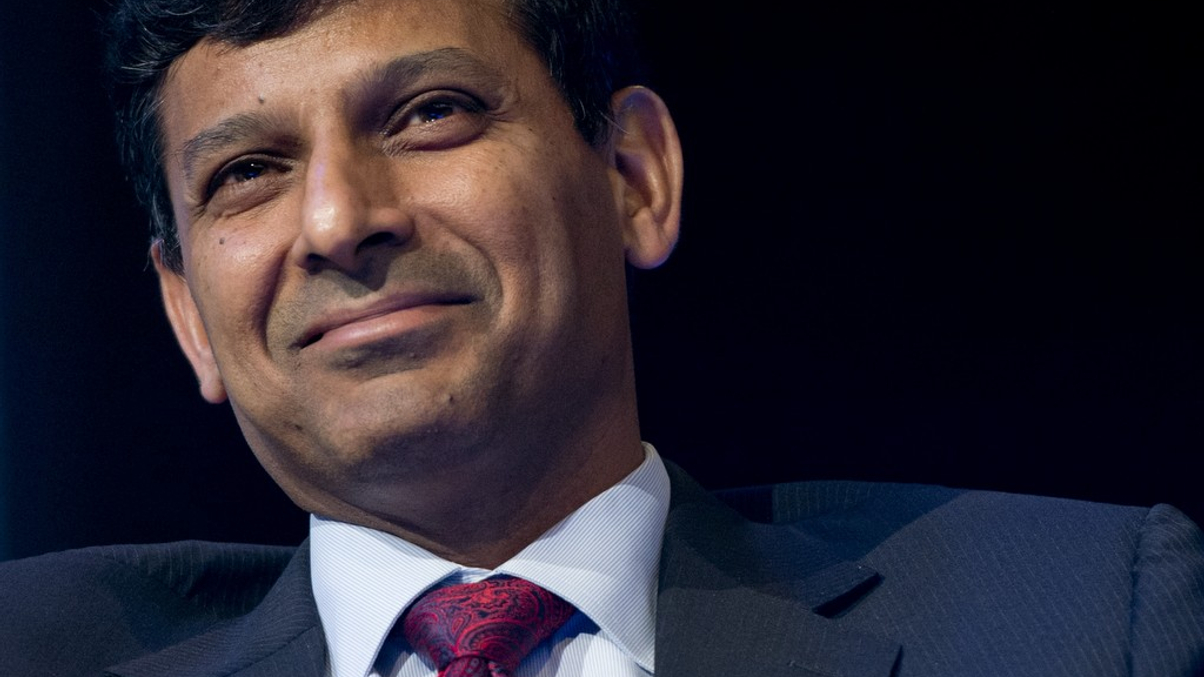India foreign inflows tipped to accelerate
The country's move to alter investment caps on sovereign bonds for foreign institutions amid the recent sell-off should help further boost interest in Indian assets, say custody executives.

India’s recent move to raise the investment cap on government bonds for what some view as longer-term investors should further drive allocations to these assets, say custody executives.
Sign in to read on!
Registered users get 2 free articles in 30 days.
Subscribers have full unlimited access to AsianInvestor
Not signed up? New users get 2 free articles per month, plus a 7-day unlimited free trial.
¬ Haymarket Media Limited. All rights reserved.


